Tacky Cloths
Vertise
10 years ago
Related Stories
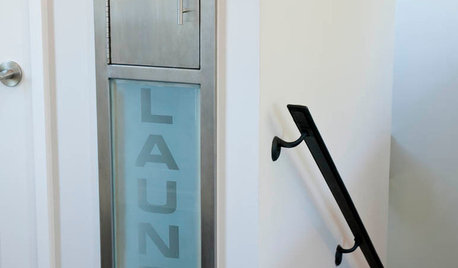
GREAT HOME PROJECTSHate Hauling Laundry? Give Dirty Clothes the Chute
New project for a new year: Install a quick route to the laundry room
Full Story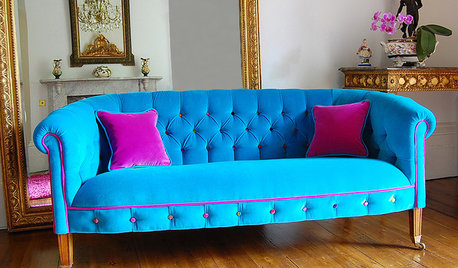
Add Soft Luxury To Your Home with Velvet
10 ideas for decorating with velvet: sofas, drapes, pillows and more
Full Story
HEALTHY HOMEWhat to Know About Controlling Dust During Remodeling
You can't eliminate dust during construction, but there are ways to contain and remove as much of it as possible
Full Story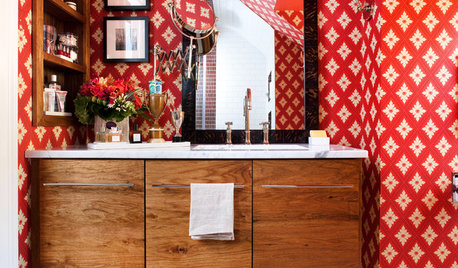
BATHROOM DESIGN5 Small Bathrooms That Stretch Design Imagination
See how bathroom designers expanded the possibilities with fearless patterns, joyful accessories and smart space-saving solutions
Full Story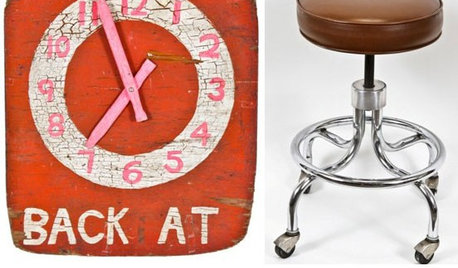
DECORATING GUIDES7 More Places to Get Your Vintage Fix
Continue Your Treasure Hunt with These Nicely Curated Online Shops
Full Story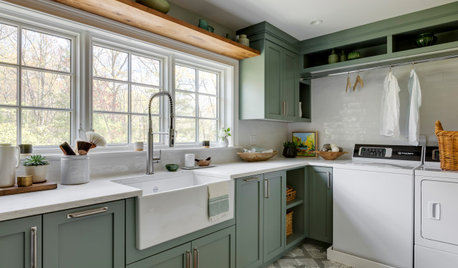
LAUNDRY ROOMSKey Measurements for a Dream Laundry Room
Get the layout dimensions that will help you wash and fold — and maybe do much more — comfortably and efficiently
Full Story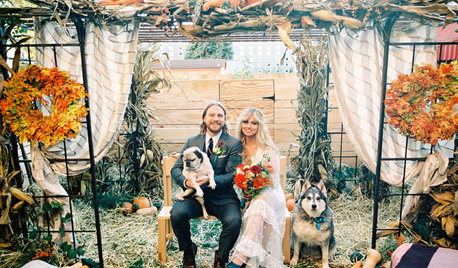
WEDDINGSHow One Couple Got a Perfectly Intimate Backyard Wedding
Vintage pieces, natural materials and close family and friends are an ideal combination for a Pittsburgh couple
Full Story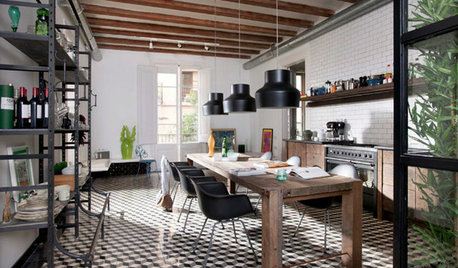
KITCHEN DESIGNKitchen of the Week: Spacious and Industrial in Barcelona
Warehouse touches nod to this Spanish kitchen's roots, but contemporary splashes keep it current and comfortable
Full Story









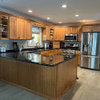
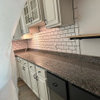
weed_cutter
VertiseOriginal Author
Related Professionals
Annapolis Painters · Brooklyn Park Painters · Dunwoody Painters · East Norriton Painters · Libertyville Painters · Roselle Painters · Vista Park Painters · Wake Forest Painters · Beaumont Cabinets & Cabinetry · Billings Cabinets & Cabinetry · Glendale Heights Cabinets & Cabinetry · Fall River Flooring Contractors · Fishers Flooring Contractors · Oak Park Flooring Contractors · San Carlos Flooring ContractorsChristopher Nelson Wallcovering and Painting
VertiseOriginal Author
graywings123
VertiseOriginal Author
paintguy22
VertiseOriginal Author
paintguy22
sombreuil_mongrel
VertiseOriginal Author
weed_cutter